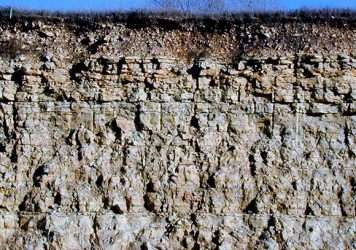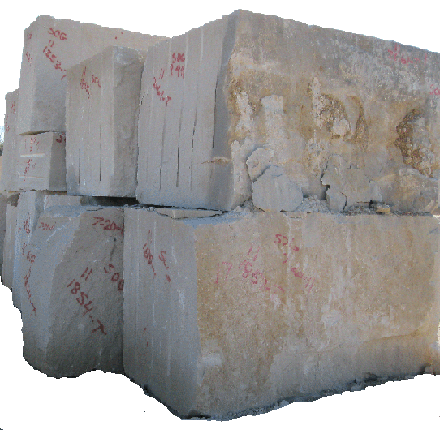North Hollywood, CA
(818) 308 6292
San Antonio, TX
(210) 494 8282
North Hollywood, CA
(818) 308 6292
San Antonio, TX
(210) 494 8282
(818) 308 6292
(210) 494 8282
(818) 308 6292
(210) 494 8282

Limestone is a sedimentary rock primarily composed of calcium carbonate (CaCO3) in the form of the mineral calcite or aragonite. It often contains impurities such as silica, clay, silt, and sand, which can give it various colors and textures.
Here’s a breakdown of some key aspects of limestone:

Limestone forms in marine environments from the accumulation of shells, coral, algal debris, and other calcium-rich materials. Over time, the pressure ompacts these materials, and chemical reactions occur, leading to the formation of limestone.

Chalk: A soft, white, porous form of limestone composed mainly of coccoliths (tiny calcium carbonate plates) from marine organisms.
Travertine: Formed by the precipitation of calcium carbonate from hot springs or limestone caves, it often has a banded appearance.
Tufa: A porous form of limestone, usually found near water sources like springs or streams, formed by the precipitation of calcium carbonate.
Coquina: Composed of loosely consolidated shells and shell fragments, giving it a grainy texture.
Fossiliferous Limestone: Contains visible fossils, such as shells or skeletal remains, within its matrix.

Construction: Limestone is a popular building material for its durability and versatility. It’s used in the construction of buildings, roads, bridges, and other structures.
Industry: It’s a key ingredient in cement, concrete, and mortar production.
Decorative: It’s attractive appearance makes it popular for use in countertops, flooring, and decorative features.

Limestone forms in shallow marine environments where calcium carbonate-rich organisms thrive. Warm, tropical seas are particularly conducive to limestone formation

Hardness: Limestone is relatively soft compared to other rocks, making it easy to cut and shape.
Porosity: It can be highly porous, which affects its suitability for various applications.
Durability: While durable in many applications, limestone can be susceptible to weathering and erosion, especially in acidic environments.
Overall, limestone is a versatile and valuable resource with a wide range of applications across various industries, from construction to agriculture to manufacturing.